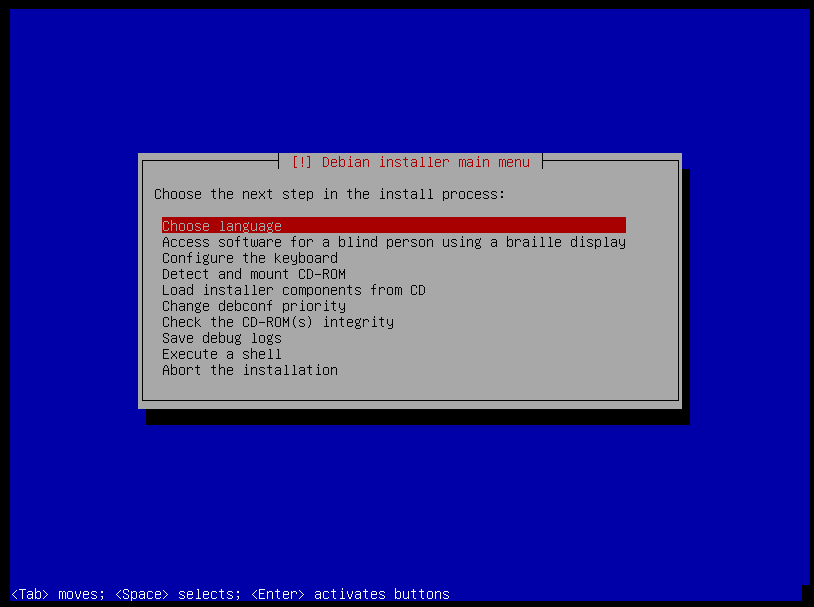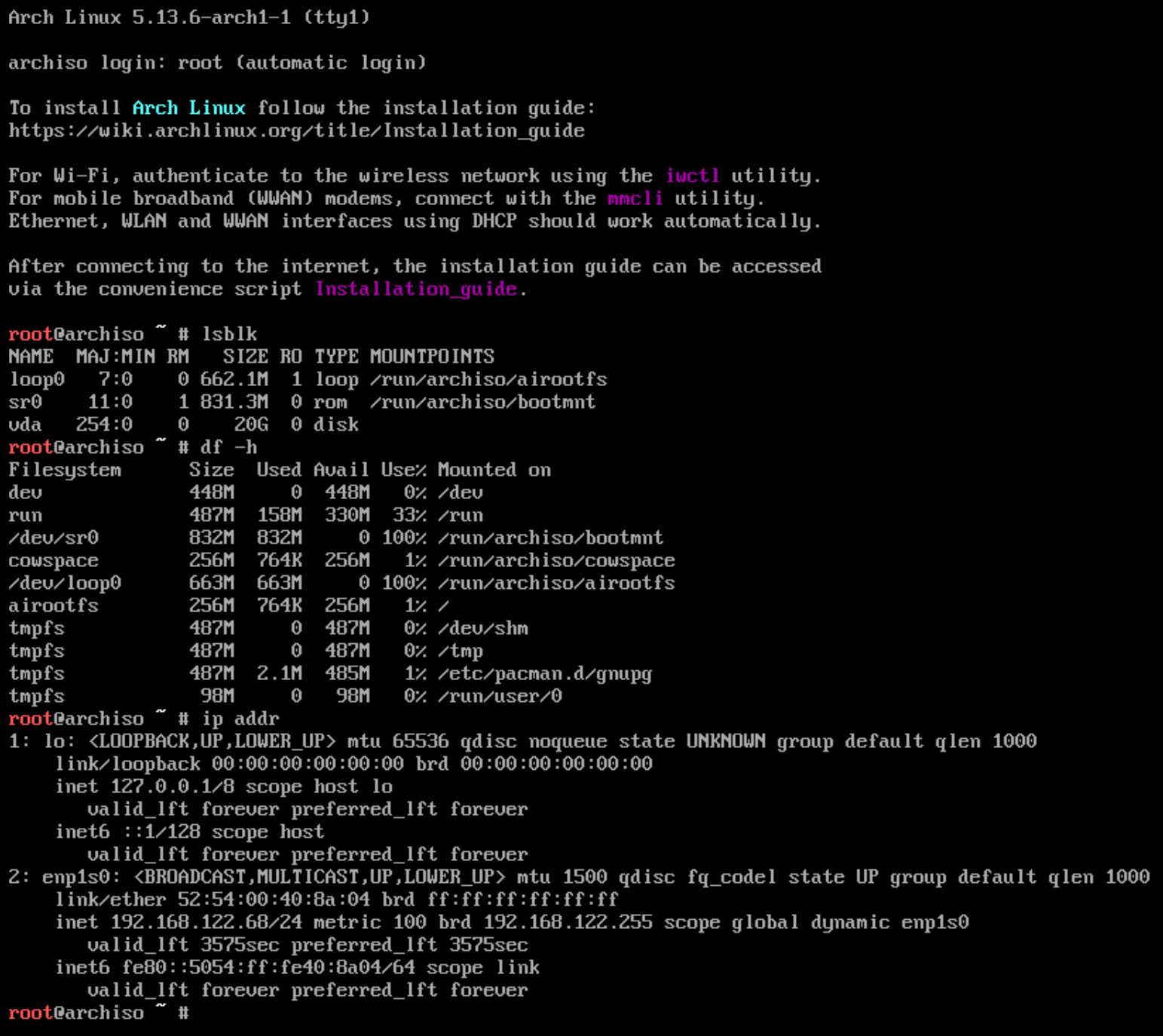

You have probably heard of this thing called Linux and you might also know that I use it. Now be honest, how many other people do you know that use it? One? Zero? I’m sure it’s a pretty low number. Hell, even I know only a few people in real life that use some kind of Linux despite studying CS (which is something I will come back to later). Okay, nobody uses it, so why should I care?
First and foremost, this is wrong. You might not actually know someone using Linux as a desktop operating system, but I bet you know people using it on their mobile phones. If your friends are not part of the Apple zombie crowd, they probably use Android which is actually based on a modified version of the Linux kernel! It doesn’t stop with phones though as 100% of the TOP500 supercomputers run on Linux as well. Linux also dominates the web infrastructure with more than 95% of servers running the top 1 million domains also being powered by Linux. If you want more statistics, take a look at this website or do a quick Google search.
So it’s actually the other way around with devices powered by Linux outnumbering every other OS. If you are a technically inclined person, which I assume you are, you should therefore know at least the barebones of what Linux is and where it came from. I am by no means a historian, but I hope this quick rundown will give you an overview without going too much into depth.
While the GNU project was developing the GNU Hurd kernel, it was far from done and its development is still stagnating to this day. Because Linux came available as a viable solution, they chose it instead, creating the first GNU/Linux free operating system. If you want to really bring a free software evangelist to a boil, ask them if they use Linux. They will probably shout back that it’s called GNU slash Linux or GNU plus Linux because “Linux is just the kernel”. Although they are technically correct, I also just call it Linux, so whatever, do as you please :).
If you want more information, I highly recommend Torvald’s autobiography Just for Fun: The Story of an Accidental Revolution in which he does not only talk about Linux from a technical point of view, but also how he himself developed and came to start such an enormous project and which role the Open Source model played.
We now saw that Linux is part of the GNU project which in turn was developed as a free replacement for the proprietary Unix operating system. This essentially means that
Now to get some distance to all the theoretical background, let’s take a look at a few practical, modern examples. We’ll start with Linux as a desktop operating system.


These two look very different, don’t they? This is because although they use Linux as a base, the software they run (including the graphical programs) can vary widely. The important point to take away is that Linux doesn’t ship any user software per default. Because such a system would be unusuable, Linux is often bundled with other software such as the GNU coreutils for basic file and text manipulation or X11 for a graphical environment. Such a bundle is called a distribution, or distro for short. There are hundreds of distros out there, most of them catering only to a small user base. Having such a wide range of options means there is a distro perfectly suited for almost any purpose imaginable. The choice often boils down to personal preference, especially in the desktop market, but can also be influenced by certain restrictions. Popular distros for desktop usage include Ubuntu, Linux Mint or Manjaro.
If you are running some servers in a data center, you usually don’t need a graphical environment or office programs. This is why you’d probably choose a distro without any graphical environment to save resources and reduce dependencies. A common server distro is Debian which itself is usable with or without graphics. If you were to work with embedded devices, you might not even use any interactive tools at all!
This is one of the things that sets Linux apart from other software like Windows or macOS. While they make choices for you (be it good or bad) and supply a predesigned system, Linux gives you freedom of choice to design your own system tailored to a specific use case.
This was only an introduction as it would probably take more than a lifetime to explain everything properly. Below I have linked some more articles going into depth about Linux-related concepts which you might find interesting.